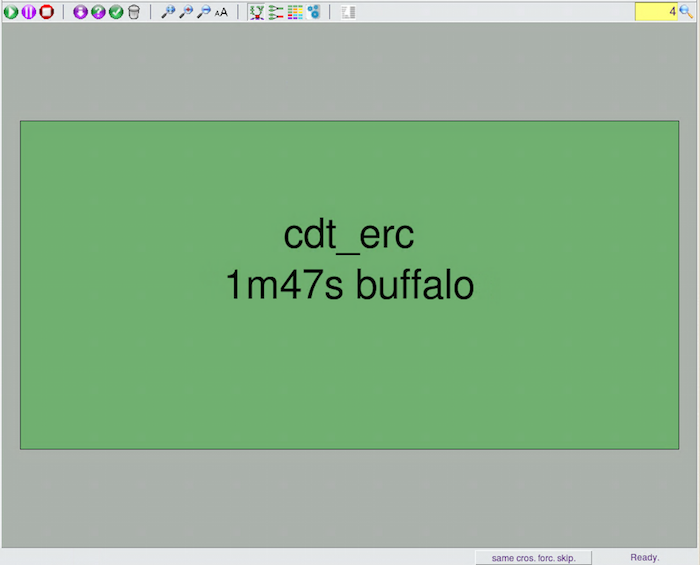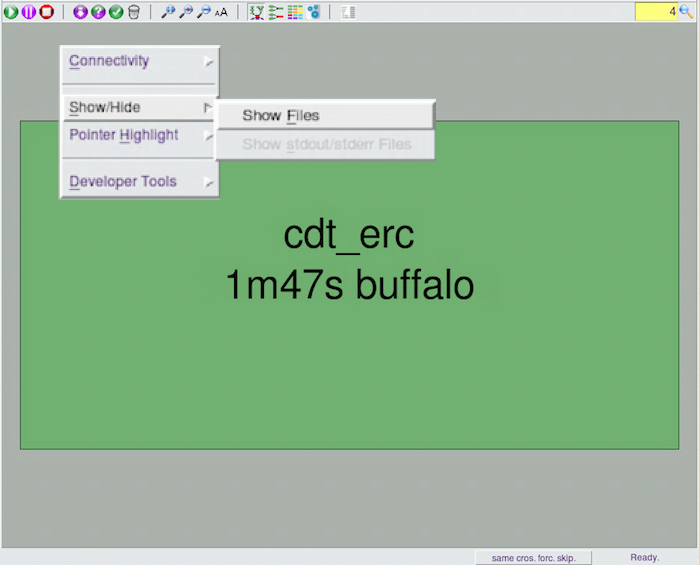Register One Job from the Command Line
To register a job with FlowTracer so that the inputs and outputs will be dynamically discovered as the job runs (known as runtime tracing), it is necessary to define the job by way of a wrapper program. In this section of the tutorial, we are registering jobs with FlowTracer interactively, from the command line.
At the command line, the program vwis the wrapper to register a job. vwis a program that takes a parameter that is the command line defining the job.
Usage: vw <command line that runs a job> % vw clang myprogram.cBy using the vw wrapper, runtime tracing of the job is established as it is added to the flow. runtime tracing is the feature of FlowTracer where it discovers and notices the resulting output file myprogam.o without you having to mention it in the command line, and without you having to explicitly tell FlowTracer about it. It can do this because the job is run within a wrapper that checks for implicit inputs and outputs used at runtime, and tells FlowTracer about them.
For this tutorial, you will be using cp as our emulation tool and using a file named "aa" as the primary input file. You must create a primary input file for our emulation. Do this command to create an empty file "aa" which will be our primary input file.
You will register a job that emulates transforming an input file to an output file by using the cp command. This is the job command that will be registered.
cp aa bb

